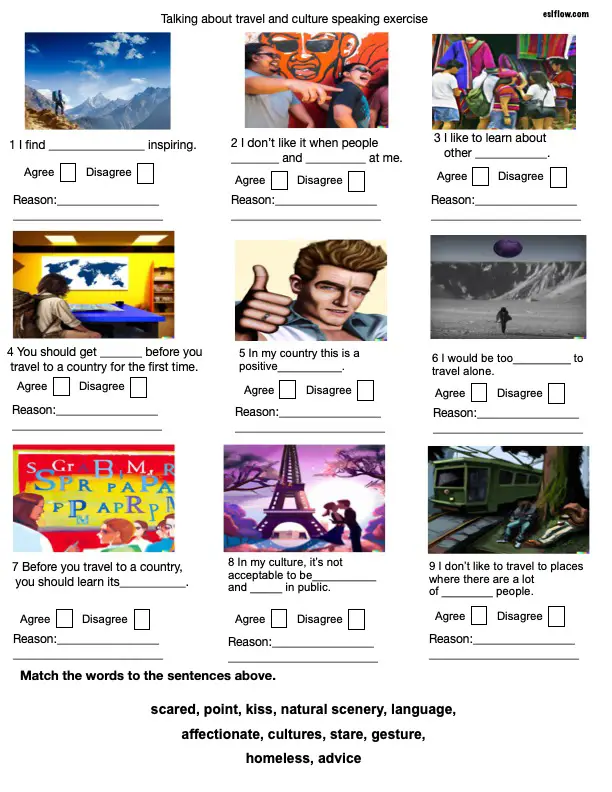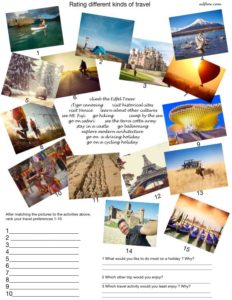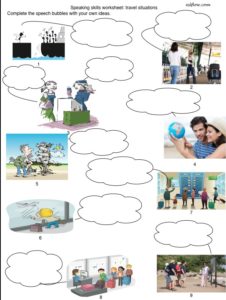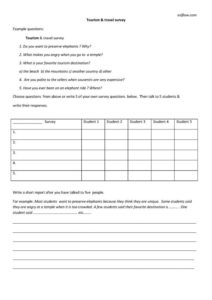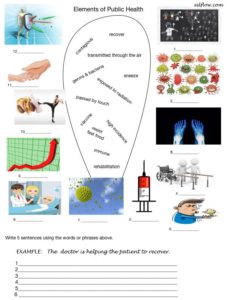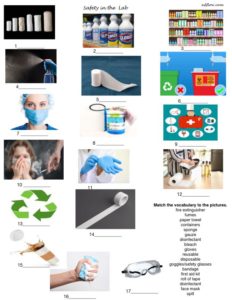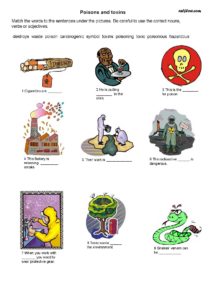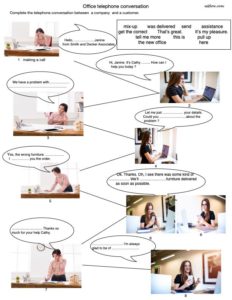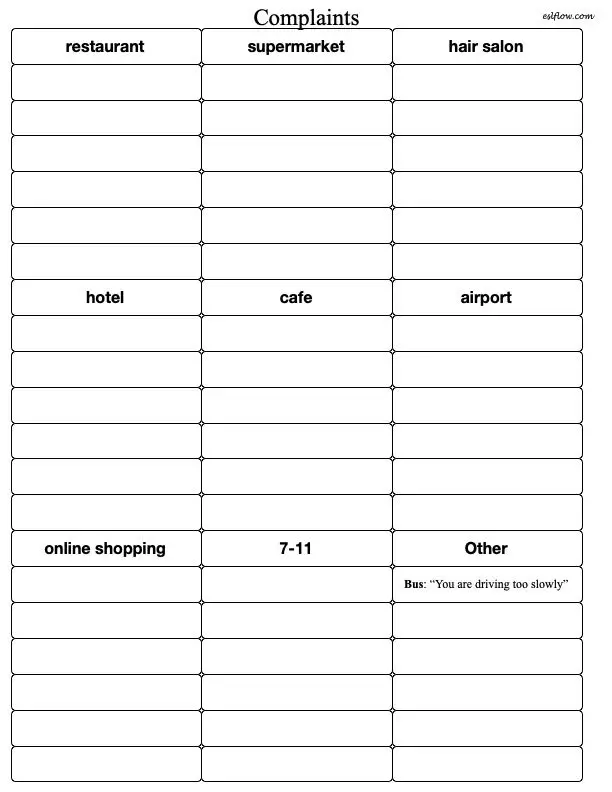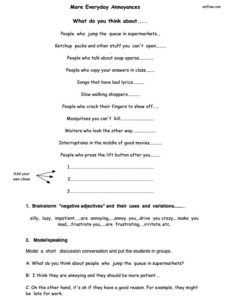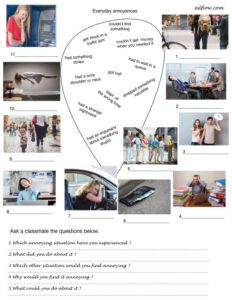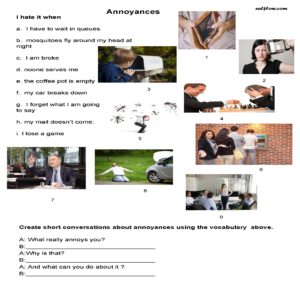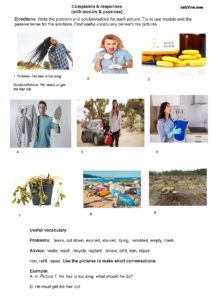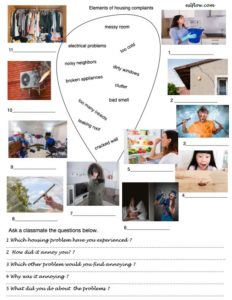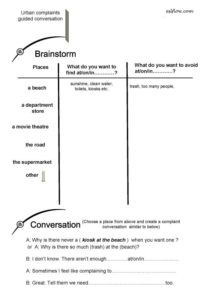Transportation and Getting Around Exercises and Worksheets
1st September 2024
This page focuses on transportation-related communication skills for English as a second language (ESL) learners. Here, we explore important topics such as understanding diverse types of transportation, giving and receiving directions, and navigating the practical language associated with getting around in English-speaking environments.
Understanding directions
Practicing map reading and direction-giving enhances ESL learners’ spatial vocabulary and practical language skills. This exercise uses a fictional “Urban Oasis City Map” to familiarize students with commonly used language for giving directions.
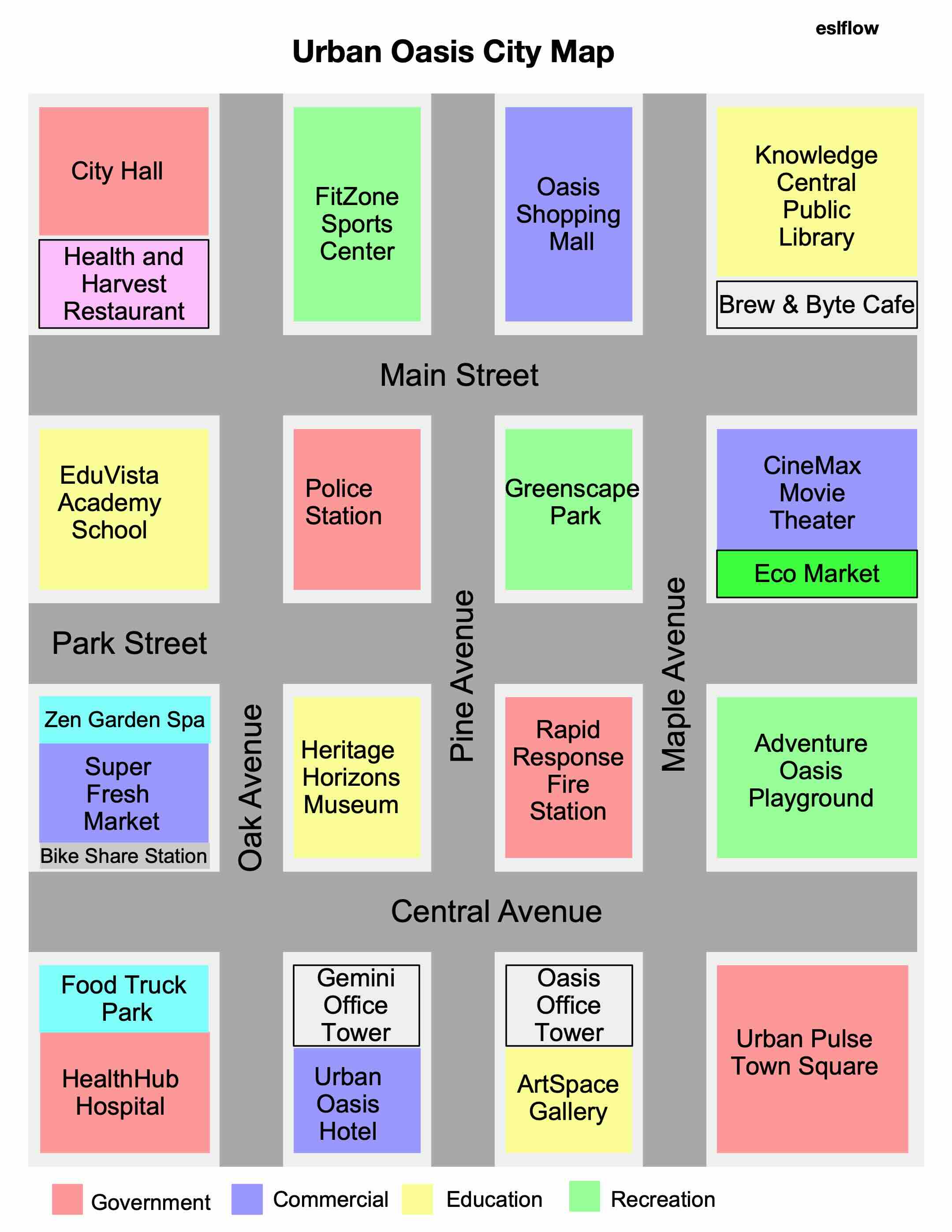
Subscribe to Eslflow
Subscribe now to unlock:
✅ Full access to the latest complete exercises with answers
✅ Ad-free, high-quality content delivered straight to your inbox
✅ Regular updates with entertaining and effective teaching resources
✅ Exclusive insights on cutting-edge AI advancements in ESL education
Stay at the forefront of language teaching innovation with tested and experimental ideas from an experienced ESL educator. Transform your classroom experience with fresh, innovative ideas!
Giving directions – walking
This is an elementary listening/speaking exercise for giving directions to someone who is walking to a destination. This exercise will help students navigate new environments and communicate effectively with native speakers.
Giving directions (elementary with answers)
This exercise uses illustrations, each one corresponding to a phrase. The students’ task is to match these images to the related phrases, thereby reinforcing their understanding of vocabulary in an engaging and visual way. This worksheet encourages students to become familiar with key phrases used in everyday scenarios, making them comfortable and confident when communicating directions in English.
Kinds of transportation (with answers)
The central activity here requires students to match pictures with the corresponding vocabulary terms, enhancing their recognition and understanding of thirteen different types of transportation. These include automobiles, cable cars, caravans, cruise ships, ferries, helicopters, light rails, limousines, camper vans, ultralights, speedboats, off-road vehicles, and hovercrafts.
Elements of traveling (with answers)
This more elementary worksheet can be used to help students learn language for traveling around.
Phrasal verbs for transport & getting around (with audio and answers)
This English language speaking worksheet can be used to help students learn basic language for transportation and traveling around.
Transport & getting around phrasal verbs (PDF)
Using transportation (with answers)
Using transportation vocabulary & speaking exercise for English language learners and others who need to get around the city and communicate in English.
Getting around (with answers)
This is another elementary worksheet to help students learn language for giving directions and getting around a city.
Related Resources:
7 Exercises for Talking about Cities
6 Complaints and Everyday Annoyances Exercises
Related Resources:
11 Elementary Exercises for Houses and Housing
Prepositions of Location Exercises
6 ESL Exercises and Worksheets for Talking about Cities
8 Business English vocabulary exercises
5 Cool Advertising & Branding Vocabulary & Language Exercises
5 Describing Graphs Language Exercises
Giving directions to a city location (with answers)
This is a writing exercise for students to demonstrate that they have the language skills to describe how to get to a location in the city.
Giving directions to a city location (PDF)
How many questions ….(with answers)
This is an English language exercise helping students to practice frequently asked travel and transport questions. Students try to write suitable questions for the various parts of a train and a plane ticket.
Other Resources
Body language and gestures quizzes and exercises
Comparative adjective worksheets
